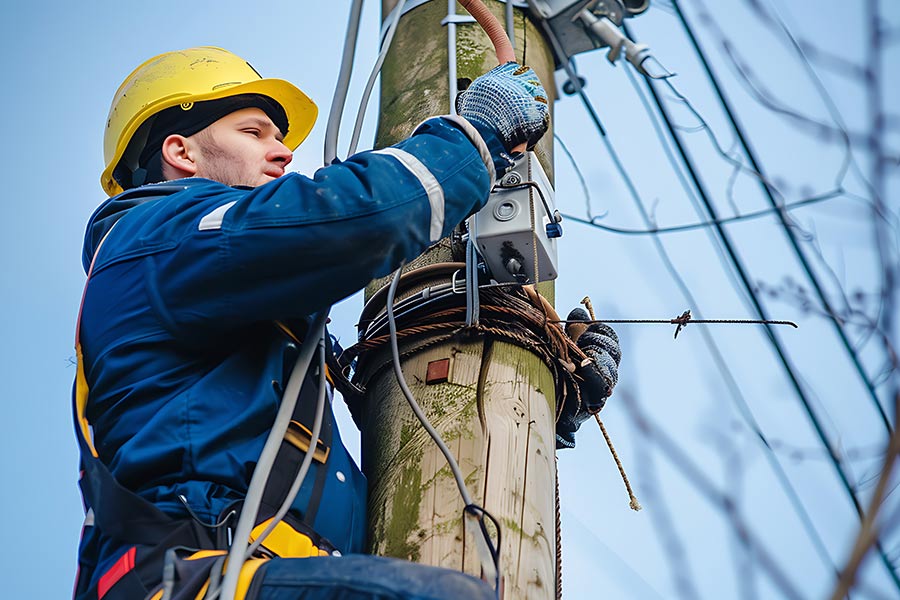Over the past few decades, the idea of smart homes has undergone a significant transformation, moving from futuristic ideas to everyday reality. The UK has emerged as a leader in smart home integration due to its quick adoption of IoT (Internet of Things) technology and growing emphasis on energy efficiency. Smart electrical systems, ranging from simple remote-controlled lighting to AI-powered home automation, are revolutionizing how homeowners use their living spaces.
The Early Days: From Basic Automation to Smart Controls
Simple remote-controlled lighting systems and programmable thermostats were the extent of home automation in the UK in the early 2000s. Despite being novel at the time, these early systems were frequently costly and challenging to integrate with pre-existing electrical infrastructures. But as wireless technology advanced, home automation became more widely available, opening the door for today’s smart homes.
The Rise of IoT and Connectivity
The scope of home automation increased with the introduction of the Internet of Things (IoT). With the advent of Wi-Fi and Bluetooth-enabled gadgets, homeowners could use voice-activated assistants like Apple HomeKit, Google Home, and Amazon Alexa, as well as smartphones, to control their security, heating, and lighting systems. These innovations were swiftly adopted by the UK market, and smart doorbells, bulbs, and plugs became commonplace items.
Key Milestones:
- 2014: Introduction of smart thermostats like Nest and Hive revolutionized home heating.
- 2016: UK homes saw widespread adoption of voice assistants, making smart home controls more user-friendly.
- 2018: Increased connectivity led to the development of fully integrated smart home ecosystems.
Energy Efficiency and Sustainability
Since the UK government made achieving net-zero carbon emissions a top priority, smart home electrical systems have become essential for encouraging energy efficiency. Millions of homes now have smart meters installed, which help residents cut down on waste by providing real-time data on energy consumption. Electricity costs are also greatly reduced by automated heating systems and smart lighting that modify energy use according to occupancy. Sustainable Innovations include adaptive heating controls to reduce energy waste using Smart Thermostats; Motion sensor lights to prevent unnecessary electricity consumption; and smart inverters to optimize solar panel energy distribution.
Security and Safety Enhancements
Home security has been enhanced by the development of smart home electrical systems. With the help of AI-powered security cameras and smart locks, UK homeowners can keep an eye on their homes from a distance and receive real-time notifications. Furthermore, improvements in carbon monoxide and fire detection provide increased safety by lowering the risks connected to conventional electrical systems.
Notable Features include Smart Locks with keyless entry and app-based control for facial recognition and motion detection capabilities; and Automated emergency alerts, that instantly notify of fire or gas leaks.
The Future of Smart Home Electrical Systems in the UK
In the future, smart home technology is expected to advance even further in the UK. Convenience and efficiency will be further improved by integrating 5G connectivity, AI-powered automation, and renewable energy sources. It is anticipated that smart grid technology, which permits dynamic electricity distribution, will become a commonplace element of contemporary UK homes.
The evolution of smart home electrical systems in the United Kingdom demonstrates a transformative shift from basic automation to fully integrated, AI-powered ecosystems. As technology advances, UK homeowners can expect even smarter, safer, and more energy-efficient living spaces. The future of smart homes looks bright, and the United Kingdom remains at the forefront of this innovation.









